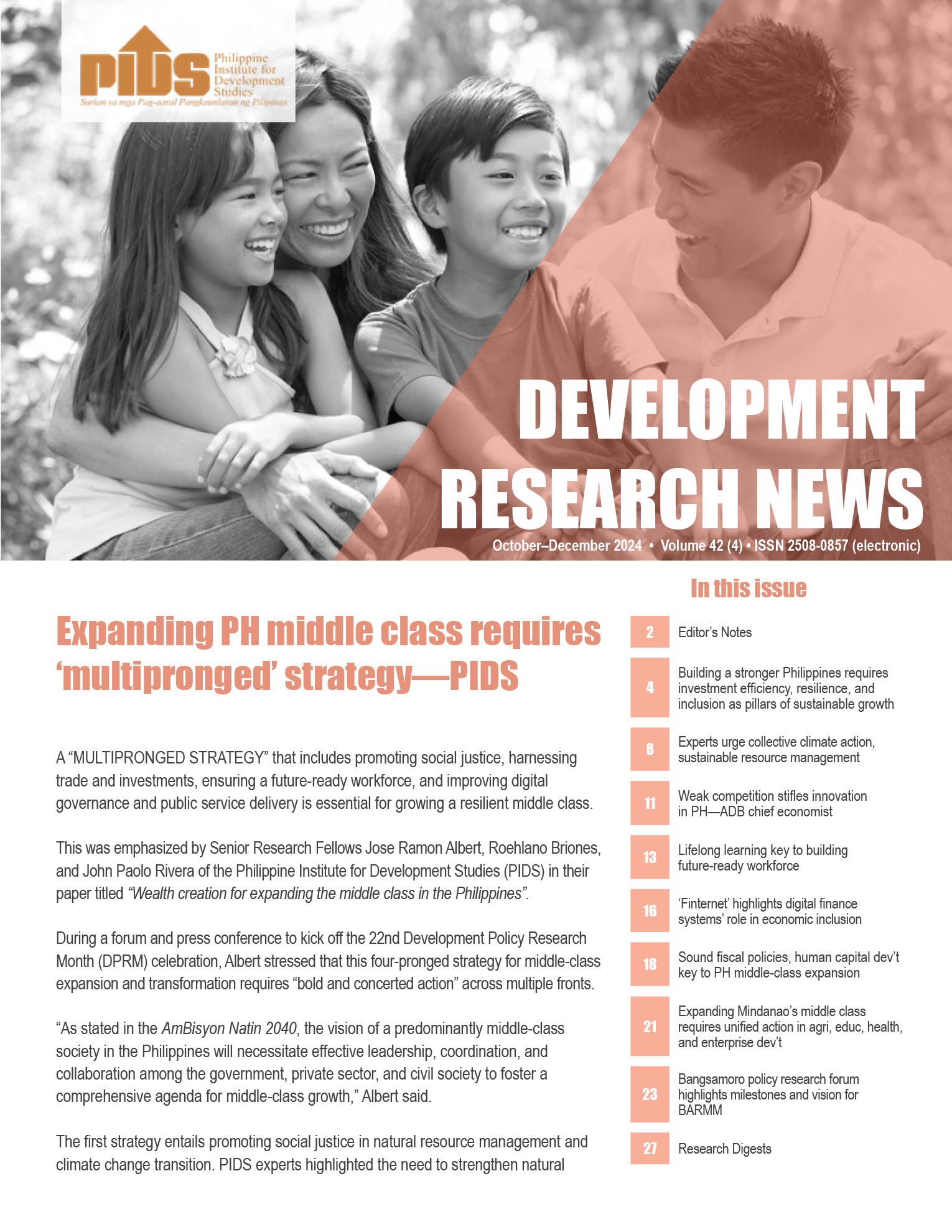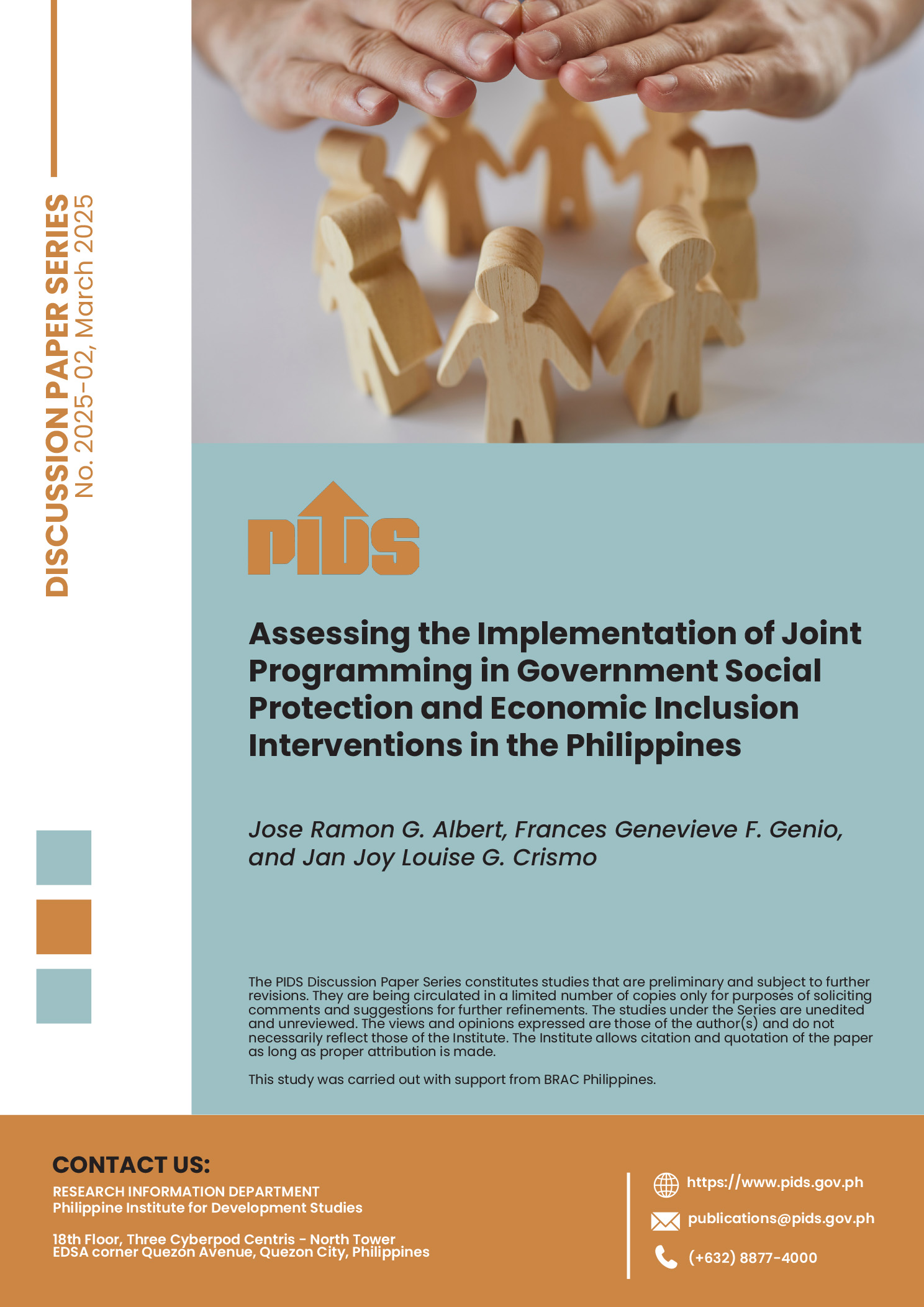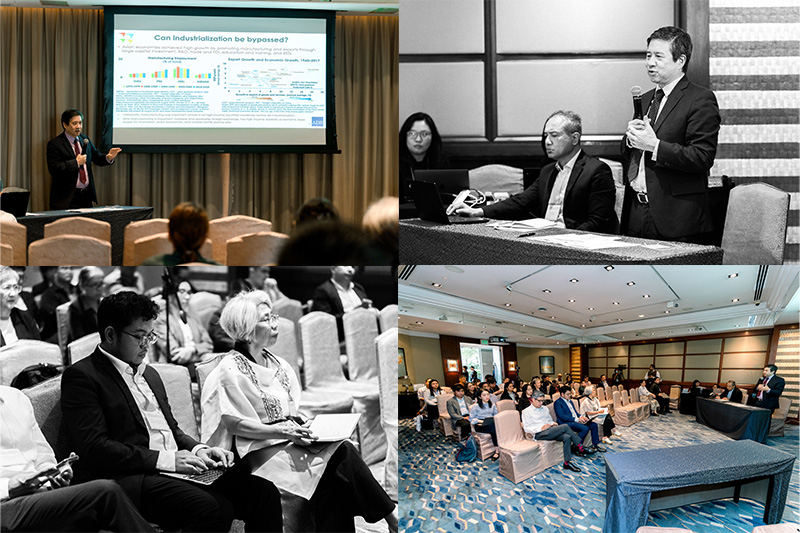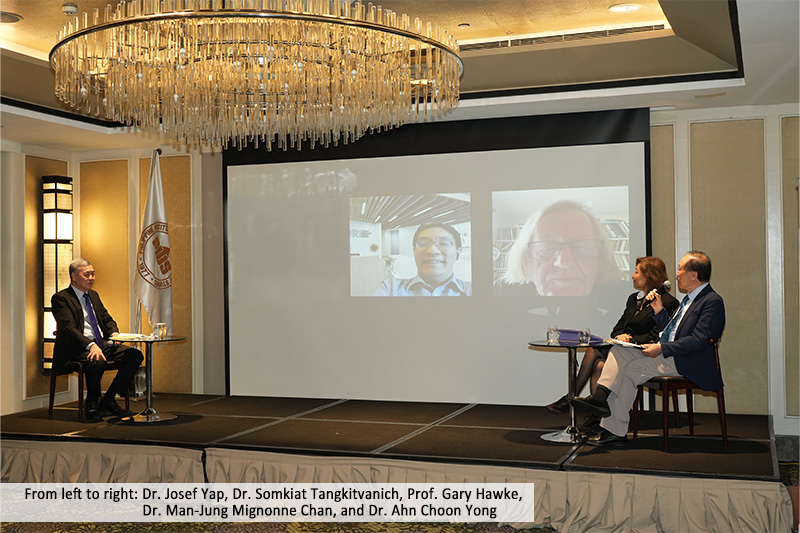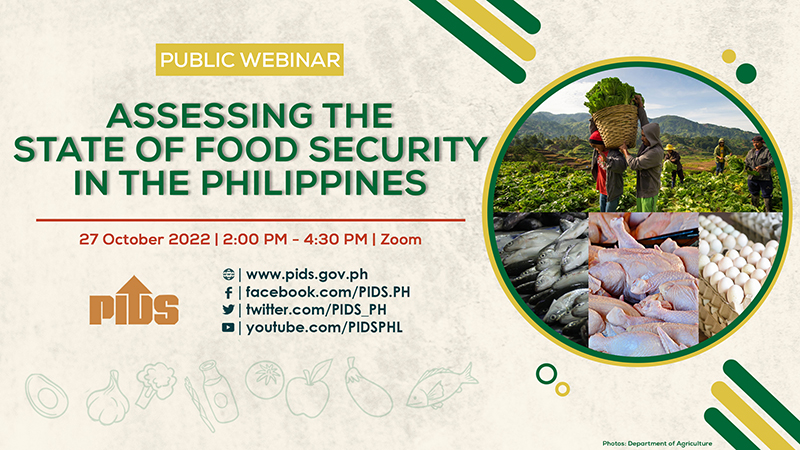ASEAN (Association of Southeast Asian Nations) has come quite a distance since its inception in 1967. Today, it stands as one of the world’s oldest regional organizations. From five founding members, it has expanded to 10 member-states, each with its own culture, languages, history, and form of government. To many people, ASEAN is almost defined by its diversity -- a diversity that both contextualizes its successes and underpins its challenges in carving out a stronger sense of shared identity.
On Aug. 3-4, the Stratbase ADR Institute, the Carlos P. Romulo Foundation, and the ASEAN Institutes of Strategic and International Studies network are hosting a conference entitled “ASEAN at Fifty: The Way Forward.” The conference will feature insights from distinguished ministers, ambassadors, and leading voices from all across Southeast Asia. On the agenda are the international strategic landscape, the economic environment, challenges to peace, security, and stability, resilience to the threats of climate change and an agenda for the digital economy, and ASEAN’s sense of community.
COMMON CHALLENGE
Originally established as a mechanism to quell tensions in the region, the regional body was designed to take a collective approach to solving inter- and extra-regional political and security concerns. ASEAN has since shifted its focus to strengthening economic cooperation. As a recent Special Study published by Stratbase ADR Institute points out, despite the slowdown in global economic growth, ASEAN economies remain as some of the most dynamic in the world. Combined, ASEAN members’ gross domestic product is the 6th largest in the world. Its population is also growing rapidly, totaling an estimated 625 million people or almost 10% of the global population<br/ ><br/ >Throughout the years, ASEAN has shown that it is capable of unifying member states around cooperation. While effecting reforms might have come at a glacial pace, the “ASEAN way,” grounded on values such as noninterference, consensus-building, and non-confrontational negotiations, has still culminated in landmark achievements for the bloc: these include establishment of the ASEAN Free Trade Area in 1992 and the ASEAN Economic Community in 2015.
However, the demands of our time require a different approach. The challenge for ASEAN is to ensure its continued relevance as the geopolitical tides turn.
As Richard Heydarian laments in a recent Occasional Paper for our institute, China’s increasing assertiveness is not only disturbing the region’s security architecture, but is also “undermining ASEAN’s internal cohesion and quest for centrality in East Asian affairs.
With the increasing dominance of China in the region, ASEAN member states must take on a region-centered approach in their diplomacy. However, doing so would require a stronger sense of ASEAN identity, which should be rooted on deep linkages among its member states and a stronger sense of community among Southeast Asians.
IDENTITY
A 2017 Philippine Institute for Development Studies (PIDS) study entitled, “What does ASEAN mean to ASEAN peoples?” explores the Filipino peoples’ attitudes towards ASEAN, and their aspirations and hopes for the regional bloc. The survey revealed that around 32% of Filipinos are very familiar with ASEAN and 50% are moderately familiar, with familiarity increasing with age. In general, awareness of and affinity to the ASEAN were stronger among respondents from the academe and government.
Despite ASEAN’s recent economic focus, perceptions on ASEAN was more tempered among members of the business community. For this group, while membership in the ASEAN was viewed favorably, the response from the benefits of this membership was only lukewarm.
Moving forward, respondents were generally optimistic about the future of ASEAN.
;By 2025, respondents expected a greater connectivity within ASEAN, where goods, labor, and capital can move more freely across its borders. The respondents also anticipate greater awareness of ASEAN and its programs, as well as a more engaging ASEAN community. Most impressively, 43.6% of Filipinos said that they “very much” feel that they are ASEAN citizens and 33.9% said they “moderately” feel they are ASEAN citizens.
Elsewhere in the region, a number of survey results also show that public connectivity to ASEAN is generally muted. Notably, more educated Southeast Asians, and those residing in urban areas, tend to have higher affinity for the regional bloc. These surveys highlight that the generally tepid response could be attributed to limited public information about ASEAN, its activities, and accomplishments. Greater familiarity with the ASEAN could also improve people’s connection to it.
SENSE OF OWNERSHIP IN ASEAN
To forge a stronger ASEAN identity, it is crucial to enhance people’s participation and sense of ownership of ASEAN. There was a general consensus among various survey reports that media coverage on the ASEAN was lacking. Businesses and civil society participation will be necessary to fill in this gap. The private sector will advocate for effective and efficient trade and investment initiatives.
Meanwhile, civil society will be an important partner to engage and encourage a more productive participation of various stakeholders and ensure a people-centered ASEAN.
Now is the time to seize opportunities for mutual cooperation, as we move towards an ASEAN Dream. ASEAN member states have to deepen the sense of community and identity in the region in order for it to fulfill its challenge of making an impact in the economic and political realms. By becoming a more united bloc with a strong sense of regional identity, ASEAN will cement its role as a key player in the international arena.
Victor Andres “Dindo” C. Manhit is the founder and managing director of the Stratbase Group and president of its policy think tank, Albert del Rosario Institute for Strategic and International Studies (ADRi). Prof. Manhit is a former chair and retired associate professor of Political Science of De La Salle University. He has authored numerous papers on governance, political, and electoral reforms.
On Aug. 3-4, the Stratbase ADR Institute, the Carlos P. Romulo Foundation, and the ASEAN Institutes of Strategic and International Studies network are hosting a conference entitled “ASEAN at Fifty: The Way Forward.” The conference will feature insights from distinguished ministers, ambassadors, and leading voices from all across Southeast Asia. On the agenda are the international strategic landscape, the economic environment, challenges to peace, security, and stability, resilience to the threats of climate change and an agenda for the digital economy, and ASEAN’s sense of community.
COMMON CHALLENGE
Originally established as a mechanism to quell tensions in the region, the regional body was designed to take a collective approach to solving inter- and extra-regional political and security concerns. ASEAN has since shifted its focus to strengthening economic cooperation. As a recent Special Study published by Stratbase ADR Institute points out, despite the slowdown in global economic growth, ASEAN economies remain as some of the most dynamic in the world. Combined, ASEAN members’ gross domestic product is the 6th largest in the world. Its population is also growing rapidly, totaling an estimated 625 million people or almost 10% of the global population<br/ ><br/ >Throughout the years, ASEAN has shown that it is capable of unifying member states around cooperation. While effecting reforms might have come at a glacial pace, the “ASEAN way,” grounded on values such as noninterference, consensus-building, and non-confrontational negotiations, has still culminated in landmark achievements for the bloc: these include establishment of the ASEAN Free Trade Area in 1992 and the ASEAN Economic Community in 2015.
However, the demands of our time require a different approach. The challenge for ASEAN is to ensure its continued relevance as the geopolitical tides turn.
As Richard Heydarian laments in a recent Occasional Paper for our institute, China’s increasing assertiveness is not only disturbing the region’s security architecture, but is also “undermining ASEAN’s internal cohesion and quest for centrality in East Asian affairs.
With the increasing dominance of China in the region, ASEAN member states must take on a region-centered approach in their diplomacy. However, doing so would require a stronger sense of ASEAN identity, which should be rooted on deep linkages among its member states and a stronger sense of community among Southeast Asians.
IDENTITY
A 2017 Philippine Institute for Development Studies (PIDS) study entitled, “What does ASEAN mean to ASEAN peoples?” explores the Filipino peoples’ attitudes towards ASEAN, and their aspirations and hopes for the regional bloc. The survey revealed that around 32% of Filipinos are very familiar with ASEAN and 50% are moderately familiar, with familiarity increasing with age. In general, awareness of and affinity to the ASEAN were stronger among respondents from the academe and government.
Despite ASEAN’s recent economic focus, perceptions on ASEAN was more tempered among members of the business community. For this group, while membership in the ASEAN was viewed favorably, the response from the benefits of this membership was only lukewarm.
Moving forward, respondents were generally optimistic about the future of ASEAN.
;By 2025, respondents expected a greater connectivity within ASEAN, where goods, labor, and capital can move more freely across its borders. The respondents also anticipate greater awareness of ASEAN and its programs, as well as a more engaging ASEAN community. Most impressively, 43.6% of Filipinos said that they “very much” feel that they are ASEAN citizens and 33.9% said they “moderately” feel they are ASEAN citizens.
Elsewhere in the region, a number of survey results also show that public connectivity to ASEAN is generally muted. Notably, more educated Southeast Asians, and those residing in urban areas, tend to have higher affinity for the regional bloc. These surveys highlight that the generally tepid response could be attributed to limited public information about ASEAN, its activities, and accomplishments. Greater familiarity with the ASEAN could also improve people’s connection to it.
SENSE OF OWNERSHIP IN ASEAN
To forge a stronger ASEAN identity, it is crucial to enhance people’s participation and sense of ownership of ASEAN. There was a general consensus among various survey reports that media coverage on the ASEAN was lacking. Businesses and civil society participation will be necessary to fill in this gap. The private sector will advocate for effective and efficient trade and investment initiatives.
Meanwhile, civil society will be an important partner to engage and encourage a more productive participation of various stakeholders and ensure a people-centered ASEAN.
Now is the time to seize opportunities for mutual cooperation, as we move towards an ASEAN Dream. ASEAN member states have to deepen the sense of community and identity in the region in order for it to fulfill its challenge of making an impact in the economic and political realms. By becoming a more united bloc with a strong sense of regional identity, ASEAN will cement its role as a key player in the international arena.
Victor Andres “Dindo” C. Manhit is the founder and managing director of the Stratbase Group and president of its policy think tank, Albert del Rosario Institute for Strategic and International Studies (ADRi). Prof. Manhit is a former chair and retired associate professor of Political Science of De La Salle University. He has authored numerous papers on governance, political, and electoral reforms.

